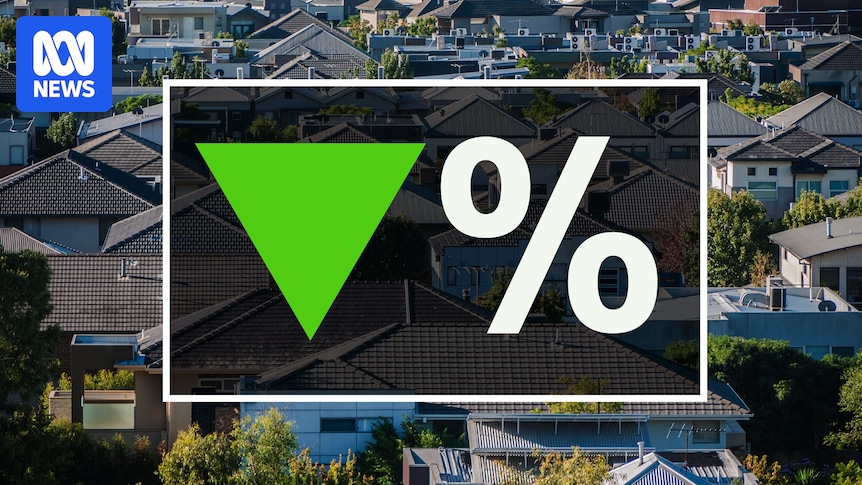
The Reserve Bank of Australia’s (RBA) Monetary Policy Board is scheduled to meet next week, with a decision on the cash rate target expected to be announced. While a reduction in the cash rate could lead to cheaper mortgage repayments for homeowners, economists largely do not anticipate such a move this month.
The upcoming meeting, set for Monday and Tuesday, will culminate in a statement from the RBA at 2:30 PM AEST on Tuesday, followed by a press conference with Reserve Bank Governor Michele Bullock at 3:30 PM AEST. The decision and its implications will be closely monitored, with live updates available on major news platforms.
Why a Rate Cut Is Unlikely
Despite recent data showing a decrease in the RBA’s preferred measure of inflation, the annual trimmed mean, to 2.6% for the year to August—comfortably within the RBA’s target range of 2-3%—most economists remain skeptical about a rate cut. The trimmed mean inflation figure, while significant, is counterbalanced by rising inflation in sectors such as hospitality and home building, which may cause concern for the RBA.
Moreover, recent gross domestic product (GDP) data revealed a 0.6% growth in the Australian economy for the June quarter, surpassing expectations. This growth, coupled with increased household spending on discretionary items, suggests a robust economy that may not require immediate intervention through a rate cut.
The Economic Indicators at Play
Higher GDP figures indicate a healthy economy, reducing the urgency for the RBA to stimulate growth through lower interest rates. Additionally, an uptick in discretionary spending could lead to price increases as demand rises, potentially exacerbating inflation—a scenario the RBA aims to avoid.
According to economic data, household spending on non-essential items has increased, which could lead to higher prices and inflation.
Future Rate Cut Predictions
While the timing of the next rate cut remains uncertain, many economists predict a potential reduction later this year. The big four banks have varying forecasts, with ANZ, Commonwealth Bank, and Westpac suggesting a possible rate cut in November. Meanwhile, NAB has postponed any rate cut expectations to May 2026, reflecting a cautious outlook.
Even those anticipating a November rate cut acknowledge the uncertainty, with financial market bets placing the odds at around 50-50 for a cut on Melbourne Cup day.
Understanding the Cash Rate Target
The current cash rate target stands at 3.6%, following a cut in August. This rate, often referred to as “the interest rate,” is the rate banks pay to borrow funds overnight in the money market and influences other interest rates, including those for mortgages and deposits.
“The cash rate is the interest rate that banks pay to borrow funds from other banks in the money market overnight,” the RBA’s website explains.
Typically, mortgage rates are approximately 2 percentage points above the cash rate, though this can vary. Changes in the cash rate do not automatically translate to changes in mortgage rates, as individual banks make those decisions independently.
Implications for Mortgage and Savings Rates
If the RBA decides to cut rates, it will be up to the banks to determine whether they pass those savings on to customers. Mortgage holders and savers will need to wait for announcements from their banks, which usually follow shortly after the RBA’s decision.
As the RBA continues to navigate economic challenges, its decisions will be closely watched by economists, policymakers, and the public alike. The outcomes of these meetings will shape Australia’s economic landscape in the months to come.







